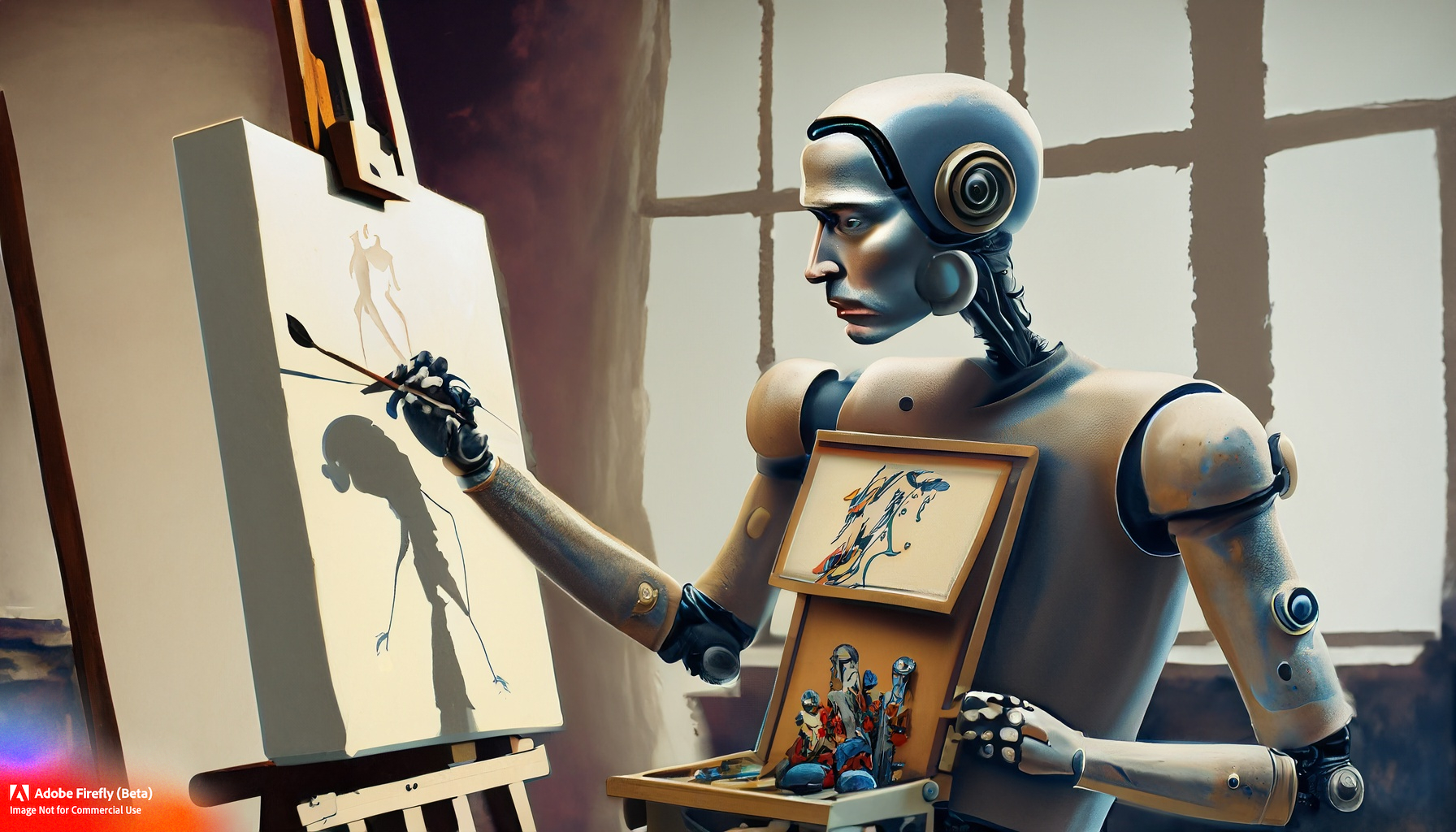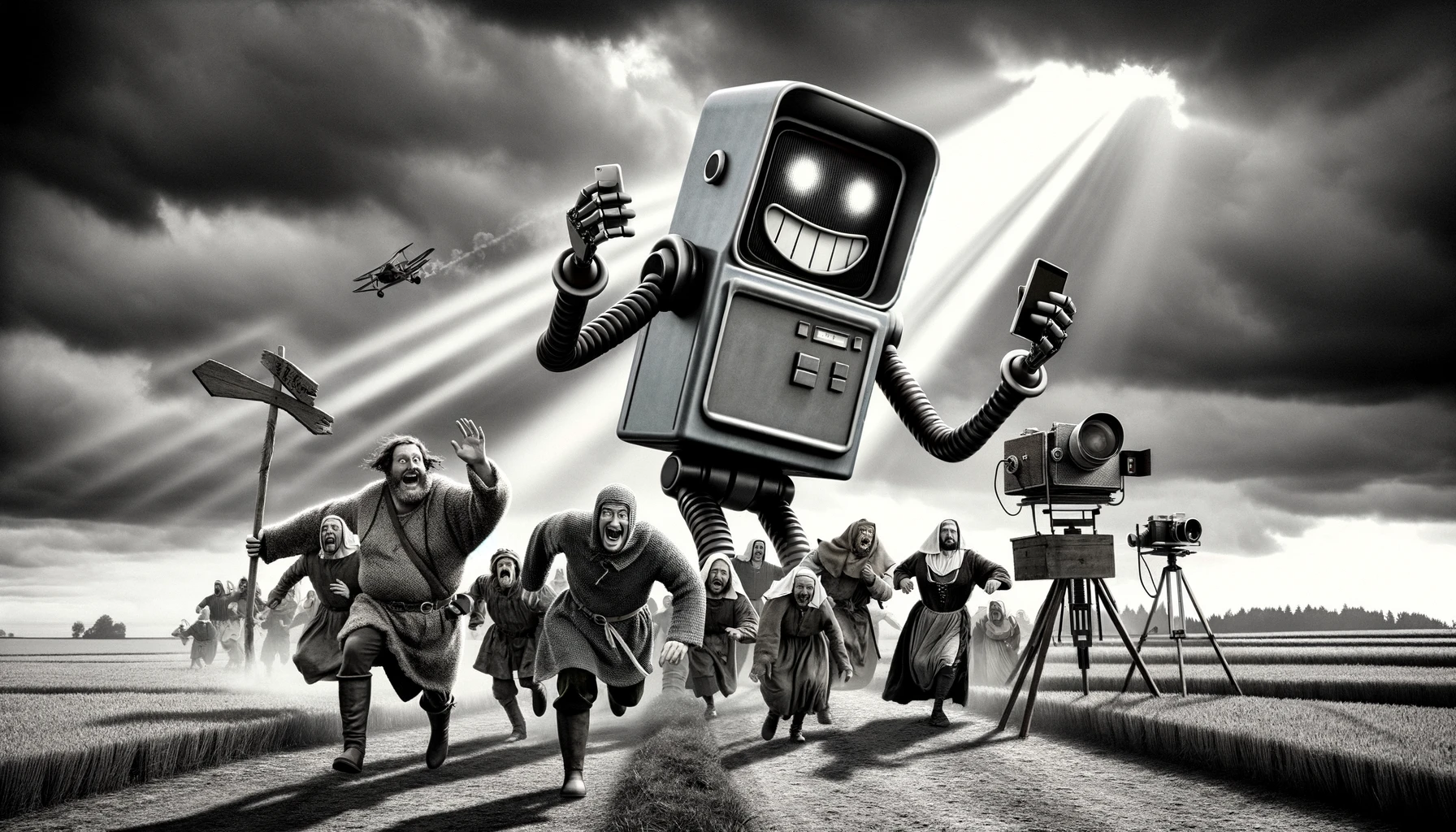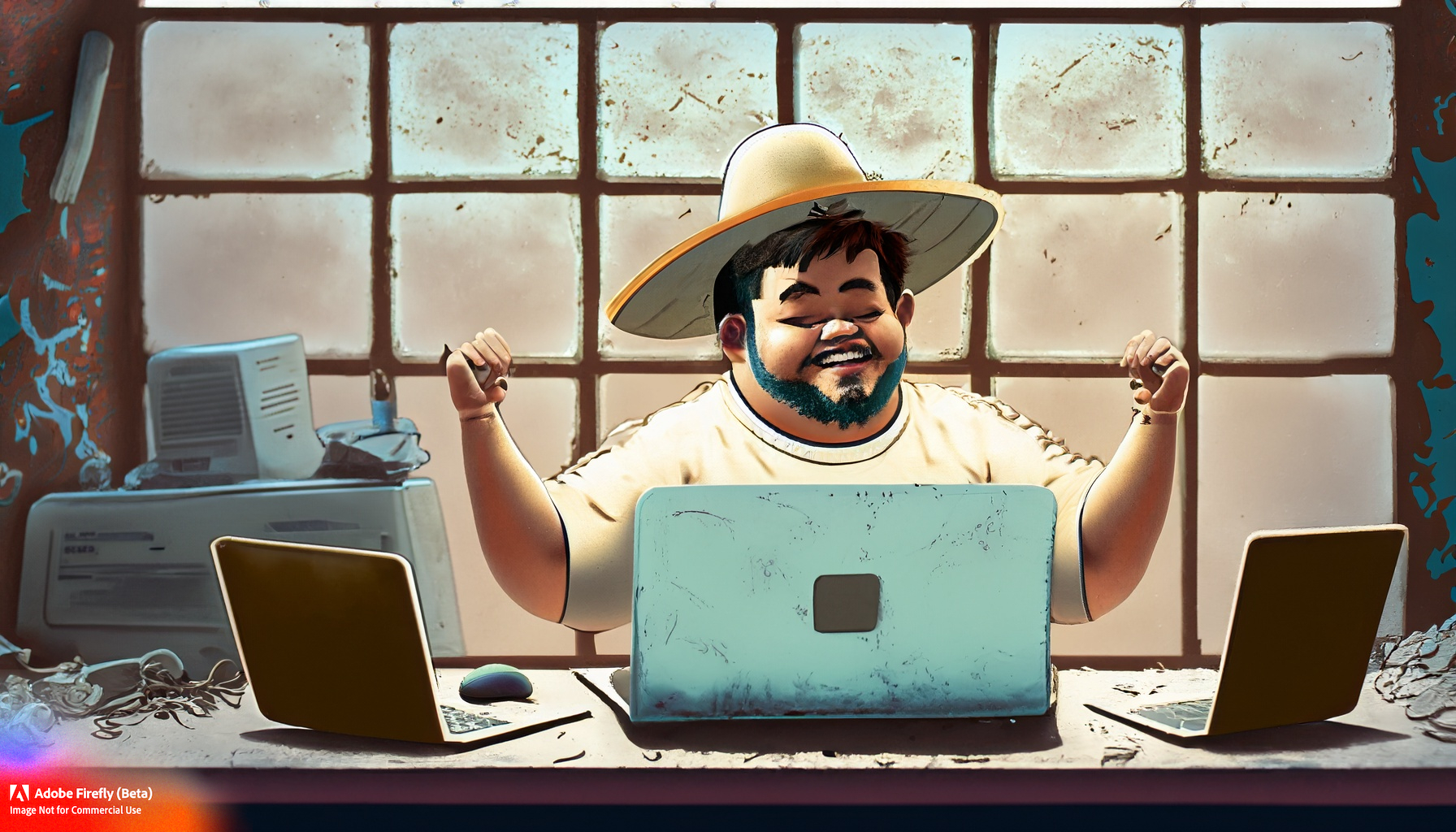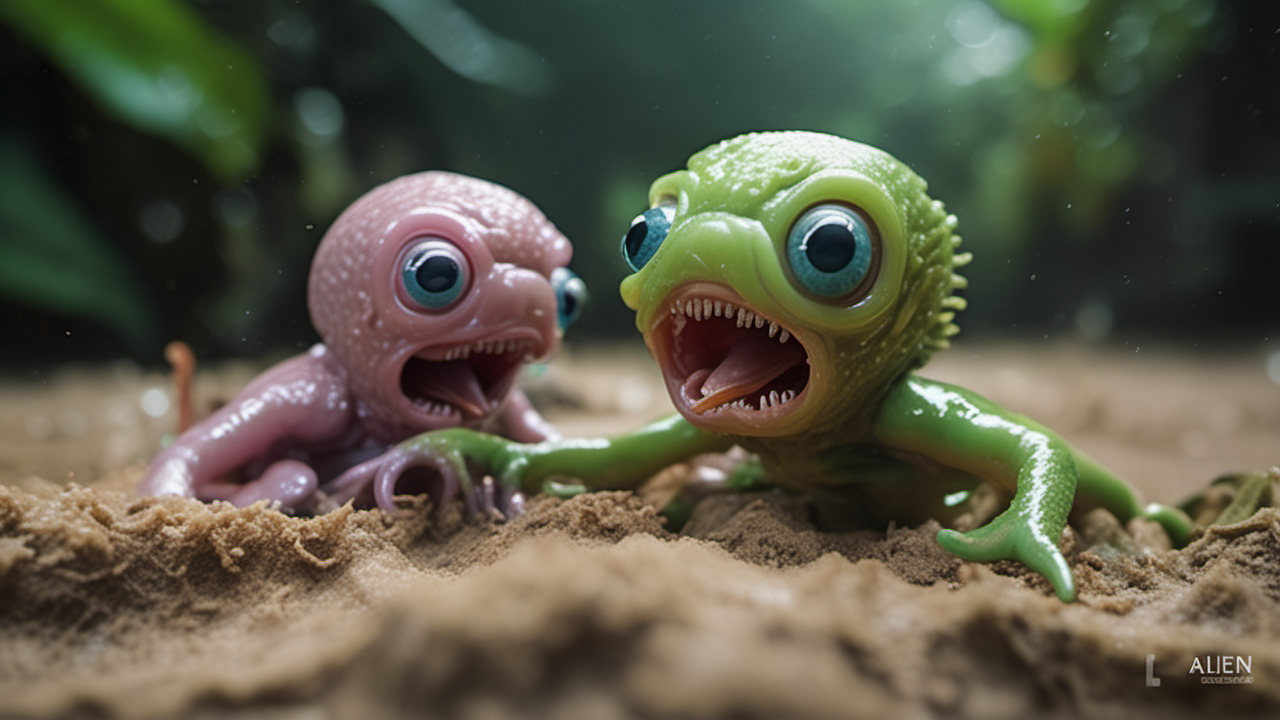Cross-Pollination of Learning, Creativity, and Value in a New Artistic Frontier
Introduction
The art world is witnessing a remarkable transformation with the advent of artificial intelligence (AI), challenging our traditional understanding of creativity. As artists who embrace the potential of AI, we must examine the similarities between human and AI learning processes and consider how we can collaborate effectively. This article will explore the parallels between human and AI learning in art and discuss the potential benefits of cross-pollination, emphasizing that the dataset cannot exist without human artists.
The Learning Process
Both human artists and AI engage in continuous learning processes to master a style or craft. Human artists learn through observation, imitation, experimentation, and personal expression. They draw inspiration from their surroundings and the works of fellow artists, developing their unique artistic voice over time.
Similarly, AI algorithms learn by processing vast datasets and identifying patterns. They are fed numerous examples of a specific style or craft, allowing them to generate new artwork that mimics or evolves the source material. This process can be likened to a human artist’s observational learning, with both methods relying on exposure to existing works and the subsequent synthesis of new creations.
The Obvious Similarities
Exposure and Inspiration: Both human artists and AI depend on exposure to existing works to inspire and inform their creative output. This shared foundation underscores the importance of recognizing artistic influence as an integral aspect of the creative journey.
Iterative Learning: Human artists and AI both engage in iterative learning, honing their skills and style over time. They experiment with various techniques and elements, continually evolving their creative approach.
Pattern Recognition: Both human and AI learning processes involve identifying patterns and extracting meaningful insights. Human artists may recognize patterns in color, composition, or subject matter, while AI algorithms excel at detecting complex patterns in extensive datasets.
Cross-Pollination: Uniting Human and AI Creativity
Cross-pollination between human artists and AI is vital for driving innovation and enhancing the artistic landscape. By combining the unique strengths of human creativity and AI’s powerful pattern recognition capabilities, we can unlock new possibilities in art.
The dataset that AI relies on for learning is a testament to human artistic achievement. Without the contribution of human artists, AI would not have the wealth of creative examples necessary for training. This interdependence highlights the importance of collaboration between human artists and AI, as each benefits from the other’s creative input.
Embracing the possibilities of AI in art enables human artists to push the boundaries of their work, experimenting with new techniques and styles that may have been previously unattainable. In turn, AI-generated art can inspire human artists, creating a continuous feedback loop that drives innovation and enriches the creative process.
Conclusion
The future of art lies in the collaboration between human artists and AI, fostering a cross-pollination of creativity that recognizes the vital role of both parties in the artistic process. By uniting the learning processes of human artists and AI, we can forge a new frontier in art that celebrates innovation and preserves the essence of human creativity. By embracing the possibilities of AI and acknowledging the indispensable contribution of human artists, we can shape a future where art flourishes in ways we have never imagined.



